Contents: Sun Pyramids
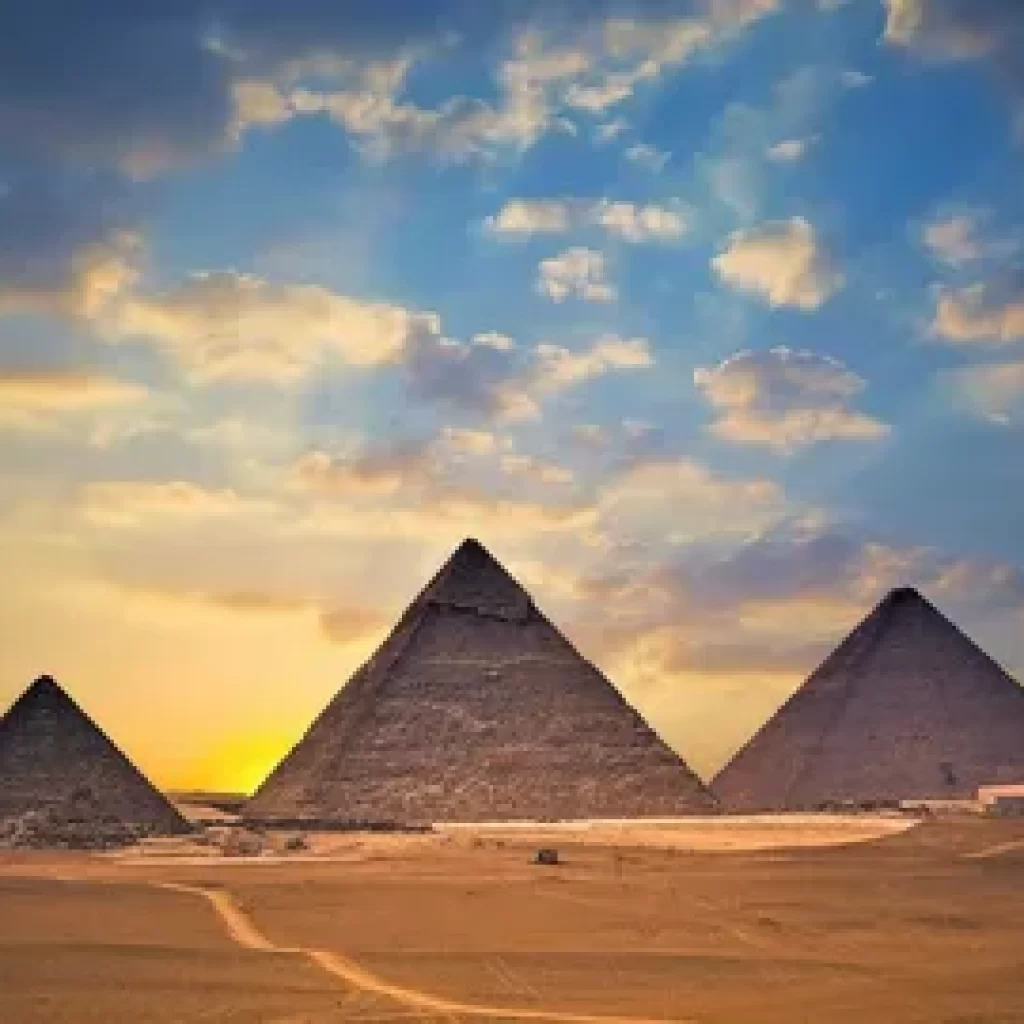
- Introduction
- The Rise of the Sun Pyramids
- Architectural Marvels of the Sun Pyramids
- Astronomical Significance of the Sun Pyramids
- Religious and Cultural Importance
- Preserving the Legacy of the Sun Pyramids
- Ongoing Excavations and Discoveries
- Theories and Controversies Surrounding the Sun Pyramids
- The Sun Pyramids and Tourism
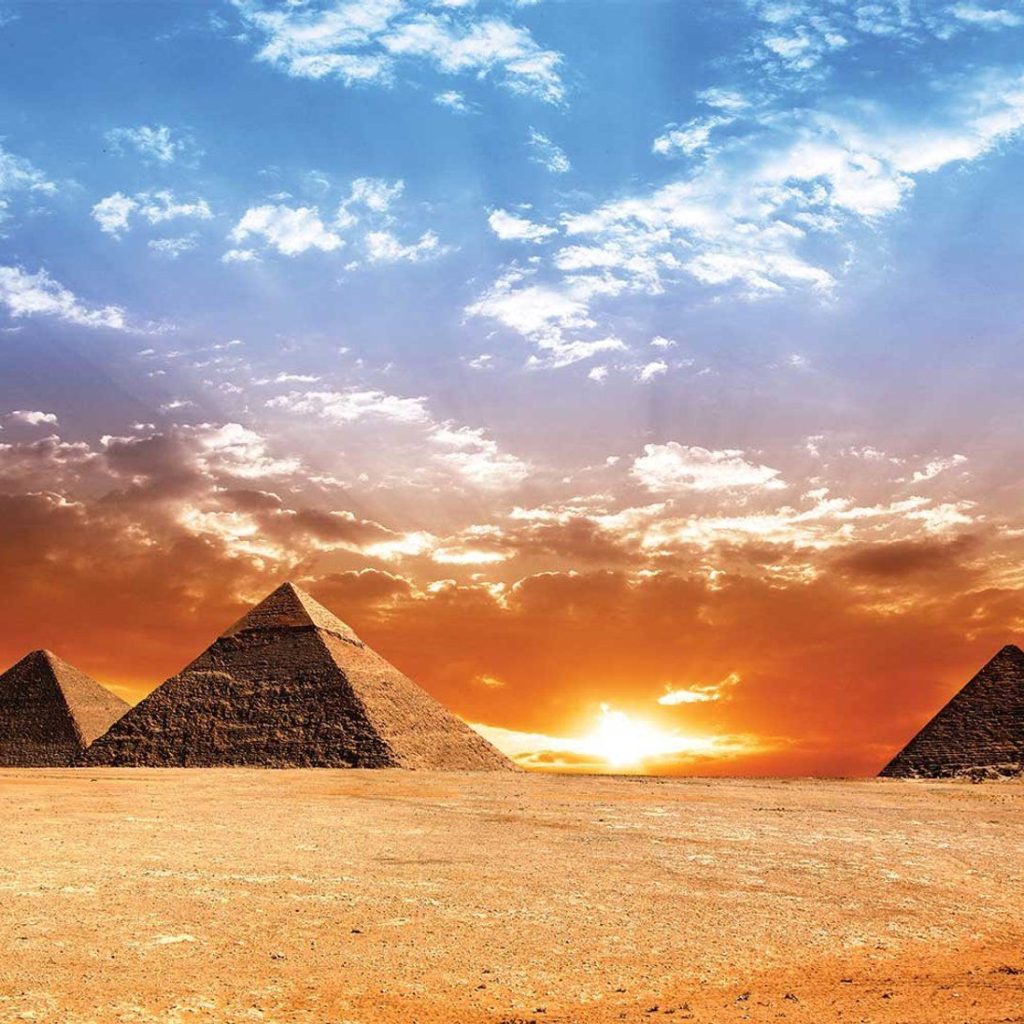
Introduction: Sun Pyramids
Sun Pyramids, Pyramids are one of the most common of all human architectural forms and one of the most stable. But the reason for building a pyramid is also related to a set of religious and funerary beliefs that the Egyptians espoused.
Some of these beliefs are intimately connected to the Egyptians’ landscape.
Some early Egyptian temples kept a miniature primeval mound, which could take the form of a pyramid carved from a block of stone called Benben. This was a representation of the first mound of land, which appeared after the waters of creation receded. From this primeval mound, and according to the Egyptian view, the sun rose for the first time, giving life and warmth to the newly created Earth.
- The Rise of the Sun Pyramids
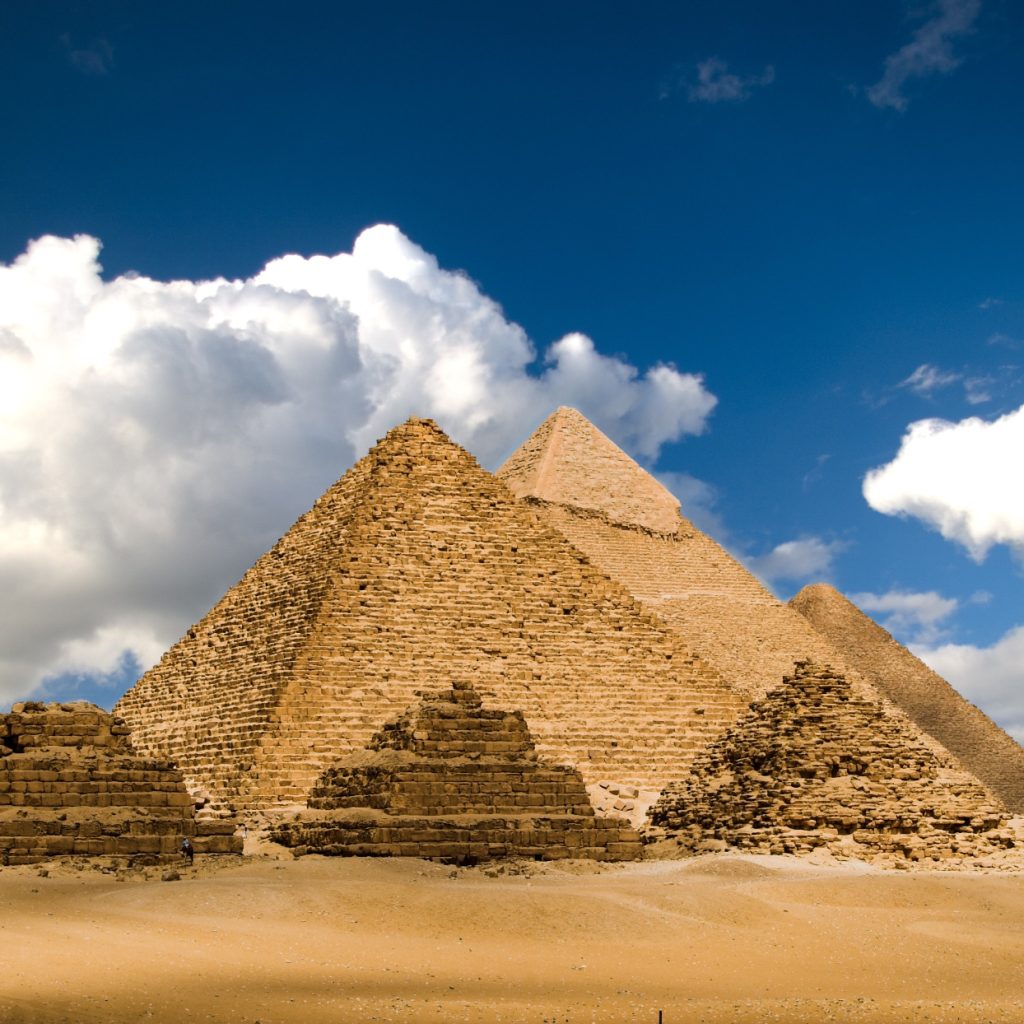
Until very recently, the Nile waters would annually flood and recede, leaving behind deposits of fertile silt, creating a visual effect that associated floods and mounds of earth to the regeneration and conception of life. The pyramidal form represents quite well the visual idea of the primeval mound of creation emerging from the fertile floods.
2. Architectural Marvels of the Sun Pyramids
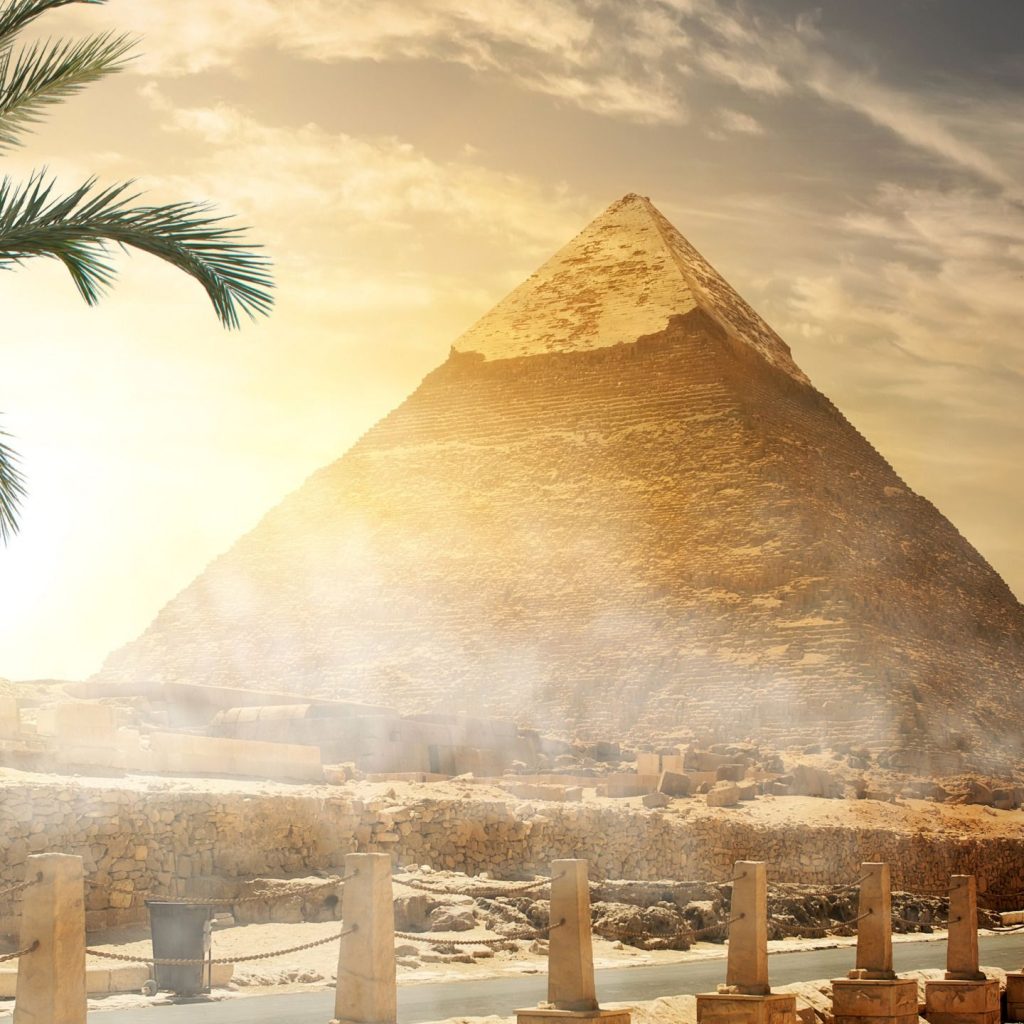
It is worth noting that the original appearance of the Pyramids of Giza was very different from today since at least the Pyramids of Khufu and Khafre would have been encased in shining white limestone, which would have reflected the sun’s rays
3. Astronomical Significance of the Sun Pyramids
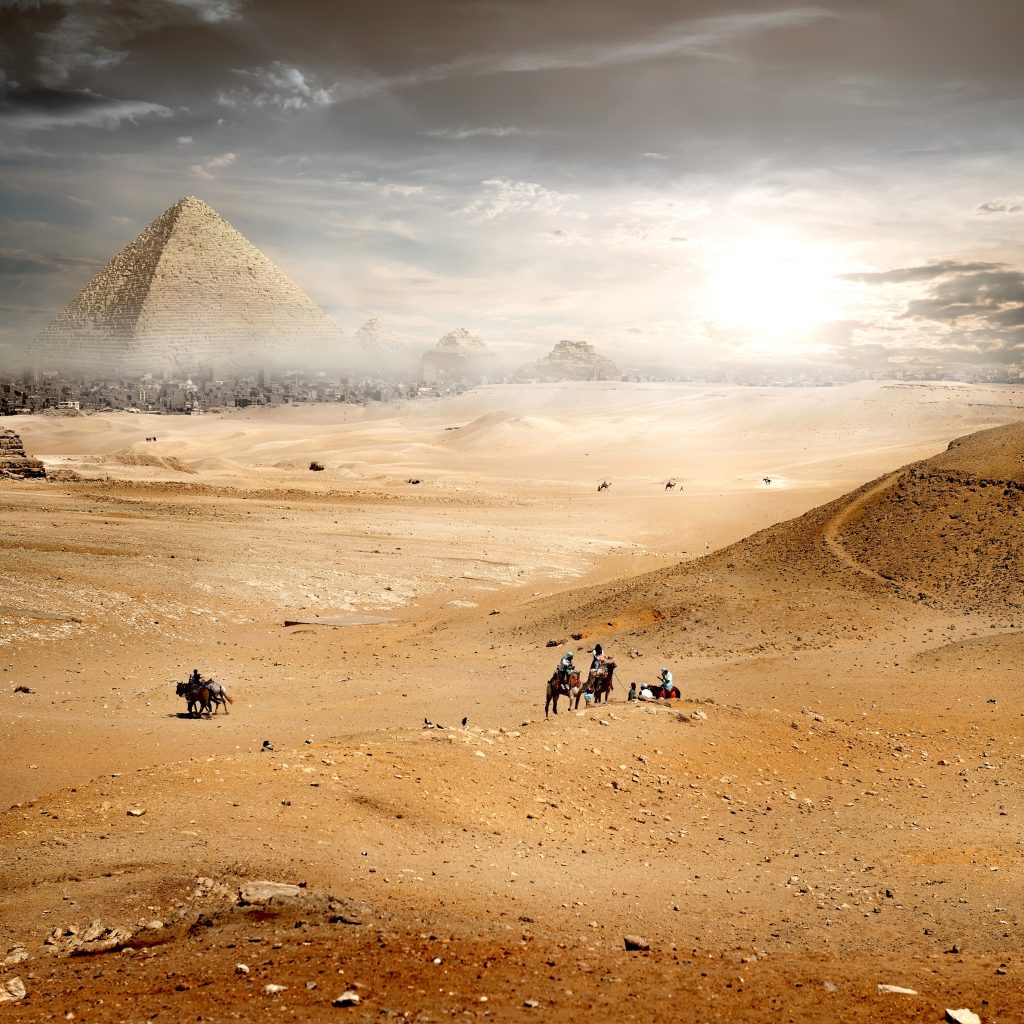
The rectangular mud-brick structure, known as mastaba, seems to have been connected to the representation of the primeval mound. Pyramids are, therefore, representations of the Benben mound, but on a monumental scale. Benben was also the name given to the pyramidion, or the tip of a pyramid or obelisk. Both the Benben and the pyramids symbolized the rays of the sun.
4. Religious and Cultural Importance

Representations of the Benben incorporated the very power of life itself. As such, monuments had not only aesthetic value but were also imbued with powerful religious symbolism. The primeval mound, or Benben, was sometimes included within the tomb’s structure. In this context, they were believed to provide the power necessary for the spiritual rebirth of the tomb owner.
5. Preserving the Legacy of the Sun Pyramids
About 4,500 years ago, a wonder of the world was built in Egypt. One that continues to amaze people even today. The Great Pyramid of Giza. With a height of 147 meters, this remained the tallest structure in the world for over 4,000 years. Heavy stones were used to build the pyramids, and it is said to weigh 6 million tonnes.
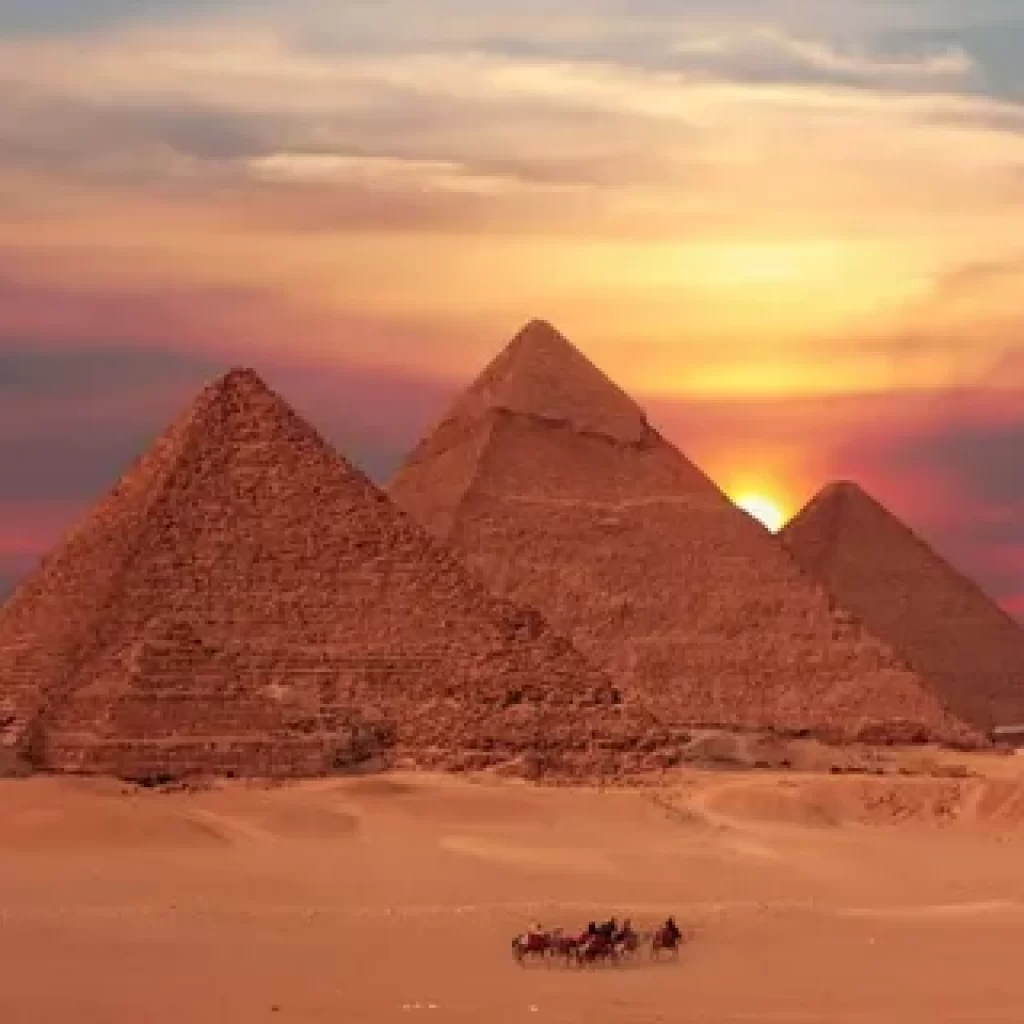
- Ongoing Excavations and Discoveries
Can you imagine a structure standing for over 4,500 years, through the hot summers, storms, torrential rains, and weathering? There’s no other surviving structure as old as this and as big as this. How was this made possible? Come, let’s understand the mystery of the pyramids, in this video. “The Great Pyramid is arguably the most enigmatic structure on the face of the Earth.
7. Theories and Controversies Surrounding the Sun Pyramids
It is estimated that the Great Pyramid of Giza was built in the year 2560 BC, by the Pharaoh Khufu. The monarchs of Ancient Egypt are known as Pharaohs. We don’t know much about Pharaoh Khufu except that he was the second monarch of the fourth dynasty of the old kingdom of Egypt. His reign is a highly debated topic, however, some historian estimates claim 23 years, some 34 years, and some more than 60 years.
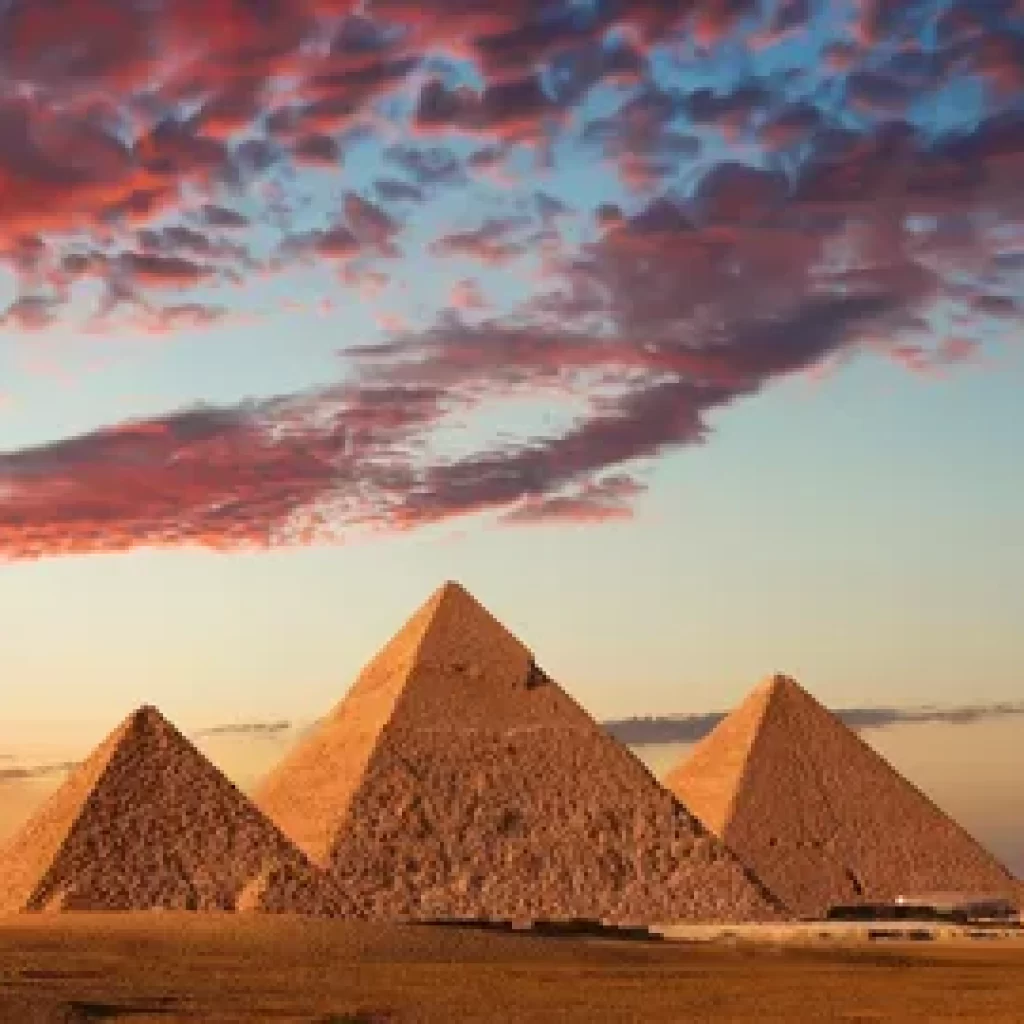
8. The Sun Pyramids and Tourism
The Sun Pyramids have become popular tourist destinations, attracting millions of visitors each year. This influx of interest has brought both economic benefits and challenges, as the preservation of these sites must be balanced with the demand for public access and exploration.
- The Future of Sun Pyramid Research
As our understanding of the Sun Pyramids continues to evolve, researchers and scholars are exploring new avenues of investigation. From the use of advanced imaging technologies to the study of the sociopolitical and environmental factors that influenced their construction, the future of Sun Pyramid research holds the promise of even greater discoveries and insights.
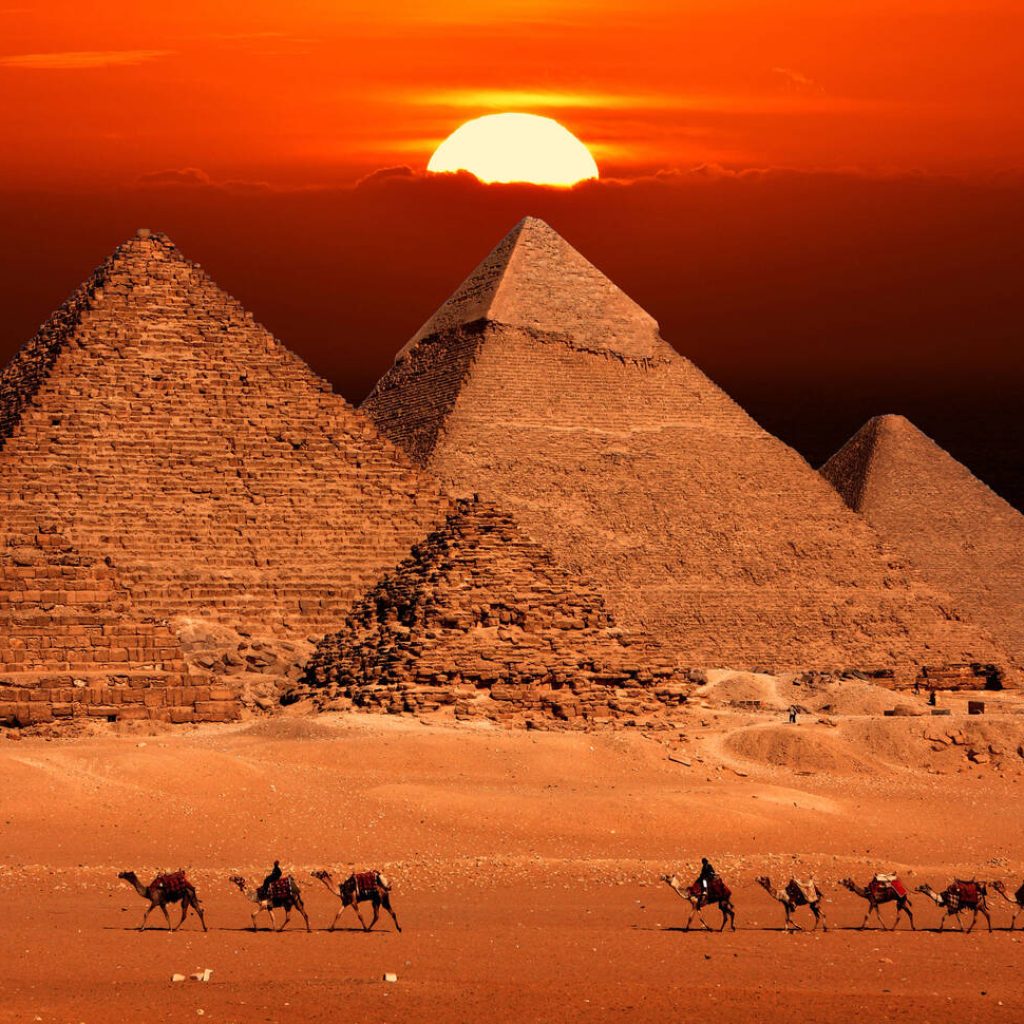
10. Conclusion: Sun Pyramids
According to the Pyramid Texts, which were, nevertheless, found engraved in later pyramids, the king would mount up to the sky by using the sun’s rays as a ramp. Thus, the pyramid was also a place of physical and spiritual transformation, which allowed the king to ascend to heaven and join the solar god during his daily rebirth.
and created a splendid visual effect. In addition, the pyramid complex also served as a model of the hierarchical structure of the Egyptian culture, with the king’s pyramid towering over all other structures, and surrounded most closely by his most important officials.
FAQs: Sun Pyramids

1. What is the significance of the Sun Pyramids?
Pyramids held great religious, cultural, and astronomical significance for the ancient civilizations that constructed them, serving as centres of worship, calendrical devices, and symbols of power.
2. How were the Sun Pyramids built?
Pyramids were constructed using a combination of manual labor, engineering prowess, and advanced techniques, such as the use of levers, pulleys, and precise geometric planning.
3. Are there still ongoing excavations and discoveries at the Sun Pyramid sites?
Yes, researchers and archaeologists continue to uncover new insights and artifacts through ongoing excavations and the application of advanced technologies, such as ground-penetrating radar and 3D imaging.
4. How do Pyramids compare to other types of pyramids found in ancient civilizations?
While there are similarities in the general pyramid structure, the Sun Pyramids are distinct in their intentional alignment with the sun’s movements and their unique religious and cultural associations.
5. What challenges do the Sun Pyramids face in terms of preservation and conservation?
Pyramids face a range of challenges, including weathering, environmental degradation, human interference, and the pressures of modern development and tourism, requiring ongoing preservation efforts and careful management.
6. What theories or controversies exist surrounding the Sun Pyramids?
There are numerous theories and controversies surrounding the Sun Pyramids, including debates about their origins, construction methods, and potential use of advanced technologies.
7. How have the Sun Pyramids influenced art, architecture, and popular culture?
The Sun Pyramids have had a profound impact on various forms of art, architecture, and popular culture, inspiring creative works, architectural designs, and continuing fascination around the world.


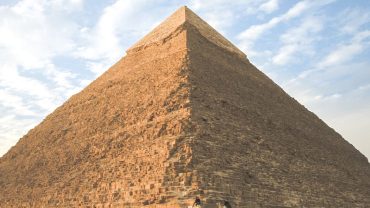
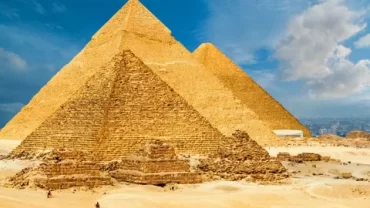

Comment (0)